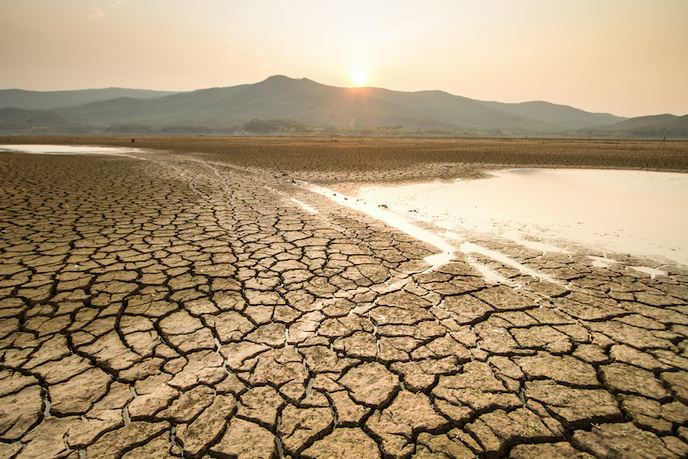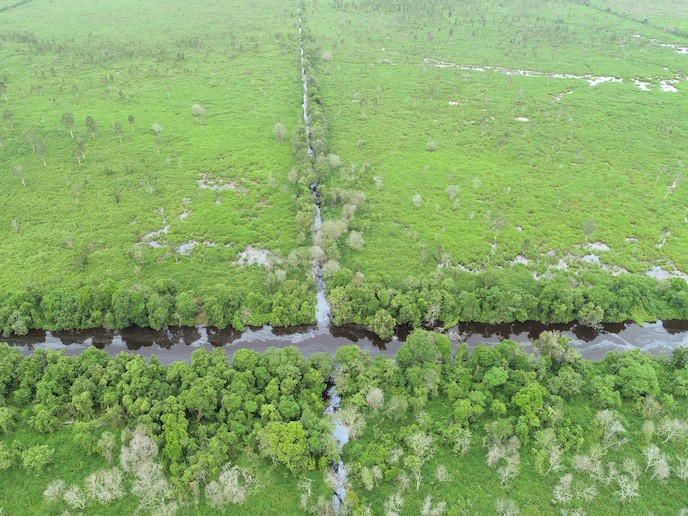The impact of atmospheric CO2 on coccolithophores
Coccolithophores(opens in new window) are single-celled, free-floating algae that live in the waters near the surface of the ocean. They play an important double role in the global carbon cycle through their photosynthesis and calcification. “Coccolithophores are an excellent group to study changes in oceans systems over thousands to millions of years, as their coccoliths(opens in new window) are found as innumerable fossils in many ancient marine sediments,” notes Mariem Saavedra-Pellitero, Marie Skłodowska-Curie fellow. In this context, the EU-funded NannoChem project, with the support of the Marie Skłodowska-Curie Actions programme(opens in new window), aimed to determine if past changes in atmospheric CO2 impacted the evolution and ecology of the coccolithophores. “Although we worry about CO2 levels in the atmosphere and their effect on climate, for coccolithophores, CO2 is almost like a nutrient – an essential source of carbon for their processes of calcification and photosynthesis,” adds Saavedra-Pellitero.
Changing CO2 concentrations in the surface ocean
Some studies have suggested that the availability of CO2 in the surface ocean is a main control on the evolution of coccolithophore cell size and calcification rate, with smaller cells and coccoliths evolving under lower CO2 conditions. “If true, this has major implications for their response to future high CO2 oceans. And is even relevant to today, considering the current influx of anthropogenic CO2 into the surface ocean,” emphasises Saavedra-Pellitero. NannoChem aimed to test this hypothesis by generating a series of records of coccolith chemistry (carbon and oxygen isotopes; δ13C and δ18O), cell size and calcification over a long period: the past 8 million years. These records came from sediment cores recovered from a borehole drilled in the eastern equatorial Indian Ocean during the International Ocean Discovery Program Expedition 363(opens in new window).
A unique set of multi-proxy records of coccolithophore chemistry
“NannoChem provided a series of excellent records of plankton evolution over the past 8 million years, which show the relevance of past CO2 levels on past phytoplankton physiology, ecology and growth of coccolithophores,” highlights Saavedra-Pellitero. These records show that there was a change in the cellular use of carbon, with a diversion from calcification to photosynthesis as atmospheric CO2 concentrations declined. “In addition, we have found that the chemistry of fossil coccoliths is dependent both on external chemistry of the oceans when they were formed, but also the cell size of the coccolithophore producing the coccoliths and the particular group of species of coccolithophores,” reports Saavedra-Pellitero. For example, when larger cells evolve and become more common around 4 million years ago, in the Pleiocene, these come under greater carbon limitation because larger cells are less efficient at carbon uptake by diffusion across their cell walls. “This limitation perhaps then drove the evolution of a much smaller group of species, with more efficient carbon uptake, that dominate the modern communities of coccolithophores,” adds Saavedra-Pellitero. It is clear that modern communities are highly adapted to the relatively cold and low CO2 concentrations of recent glacial climates. “I consider that more work is necessary to better constrain carbon parameters in models of global ocean chemistry, which will feed directly into our understanding of how this chemistry will change in future higher CO2 oceans,” concludes Saavedra-Pellitero. In line with this, the fellow will continue to collaborate with the strong scientific network built in the project.







